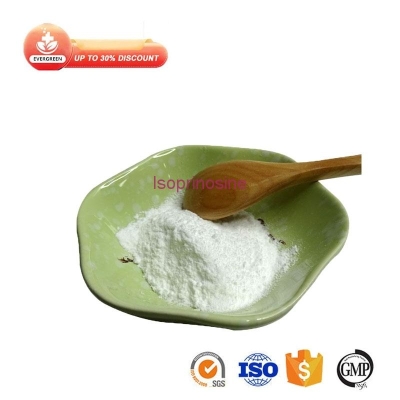-
Categories
-
Pharmaceutical Intermediates
-
Active Pharmaceutical Ingredients
-
Food Additives
- Industrial Coatings
- Agrochemicals
- Dyes and Pigments
- Surfactant
- Flavors and Fragrances
- Chemical Reagents
- Catalyst and Auxiliary
- Natural Products
- Inorganic Chemistry
-
Organic Chemistry
-
Biochemical Engineering
- Analytical Chemistry
- Cosmetic Ingredient
-
Pharmaceutical Intermediates
Promotion
ECHEMI Mall
Wholesale
Weekly Price
Exhibition
News
-
Trade Service
January 7, 2021 // -- In a recent study, scientists at UT Southwestern University have developed a new way to study the molecular characteristics of T cells.
, described today in the journal Nature Methods, makes it easier for researchers to analyze the role of T-cell receptors (TCRs), the molecules that identify pathogens on the surface of T-cells.
Tao Wang, assistant professor of population and data science and head of the research team, said: "This could lead to a better understanding of how T-cells work and new ways to use T-cells to fight disease.
(Image source: www.pixabay.com) Although some immune cells can attack different pathogens at the same time, T cells are more targeted - each individual T cell has a unique set of T-cells (TCR) on its surface.
each subject usually identifies only one specific molecule or "antigen".
, for example, one TCR may bind to only one protein found in lung cancer, while another TCR may bind to only one influenza virus.
when a T cell encounters an antigen that binds to one of its TCR, it is activated, triggering an immune response.
millions of different T-cells exist in humans to protect against a wide variety of potential intruders.
scientists are trying to figure out what makes different T-cells and TCR more or less effective, but so far the lack of information about the function of various TCR has been hampered.
, they believe that similar-looking TCR must bind to similar antigens, and that all TCR activates T-cells in a similar way.
to this, the team developed a statistical model that combines two existing techniques: TCR analysis (which measures human TCR diversity) and single-cell RNA sequencing (which identifies specific genes that are turned on or off in T cells).
combining these technologies has always been a challenge because each experiment generates thousands of pieces of data, and the data appears in two different forms.
new model, called Tessa, uses powerful statistical methods to close the gap.
Tessa reveals what happens when TCR identifies antigens in individual T-cells and how TCR affects the function of T-cells.
used Tessa to study 100,288 T-cells from healthy people and cancer patients.
in cancer patients, they found that the diversity of TCRs in T-cells had a weaker effect on T-cell functional status than on healthy patients.
this may be due to the large number of other immune molecules secreted into the tumor micro environment that otherly affect T-cell activity.
findings, as well as others that may have been caused by the wider use of Tessa, could have implications for scientists designing immunologic-based cancer treatments.
, a professor of internal medicine and deputy director of clinical research at the Harold C. Simmons Comprehensive Cancer Center at Southwestern University, believes the work offers a whole new approach to using single-T cell sequencing data.
Todd Aguilera, assistant professor of radiation oncology at UTSW, added: "Previous techniques have involved the exact function of T-cells and the hypothesis of how T-cell subjects relate to function.
believe this approach can help identify the most promising TCR for personalized TCR-based immunotherapy and better define productive immune responses to guide the identification of the best immunotherapy strategies.
() Source: Advancing the study of T cells to improve immunotherapy Original source: Zhang, Z., Xiong, D., Wang, X. et al. Mapping the functional landscape of T cell receptor repertoires by single-T cell transcriptomics. Nat Methods 18, 92–99 (2021). doi.org/10.1038/s41592-020-01020-3







